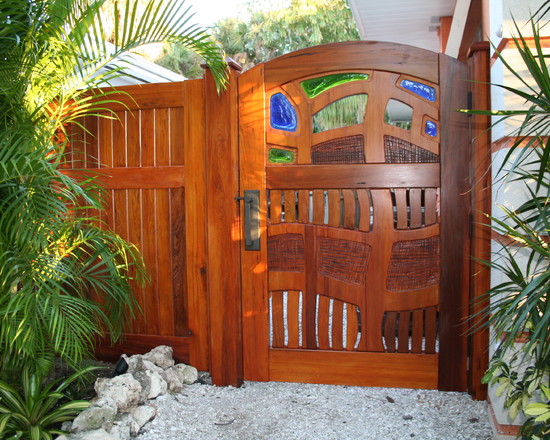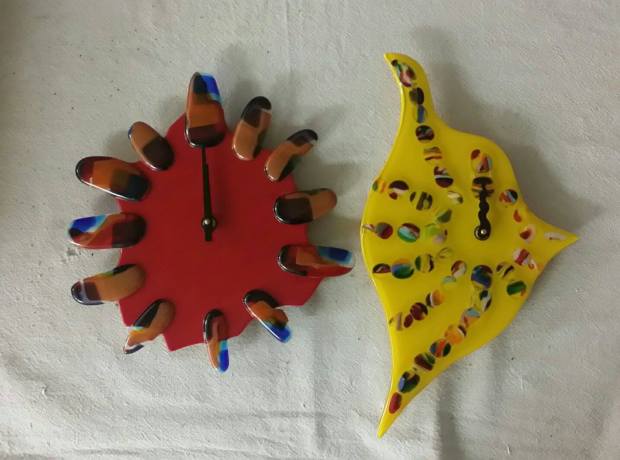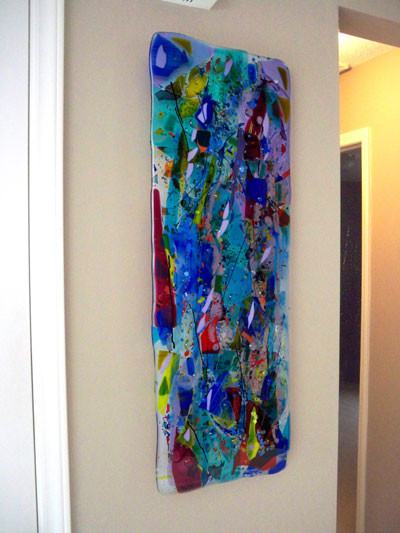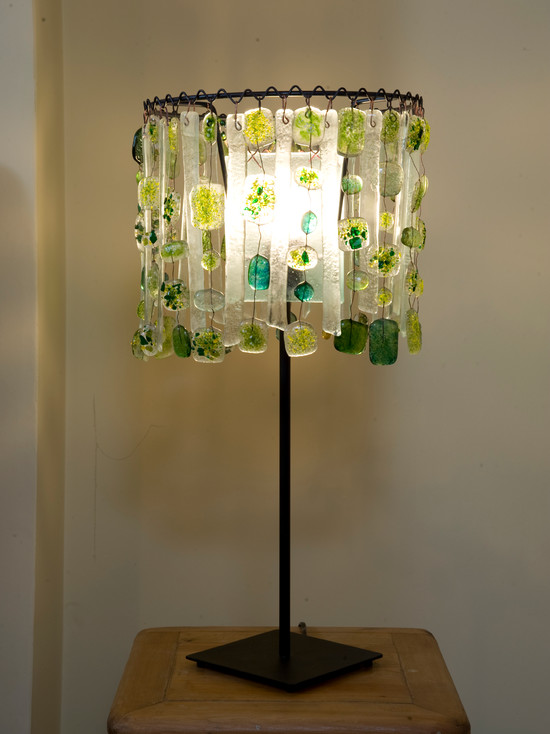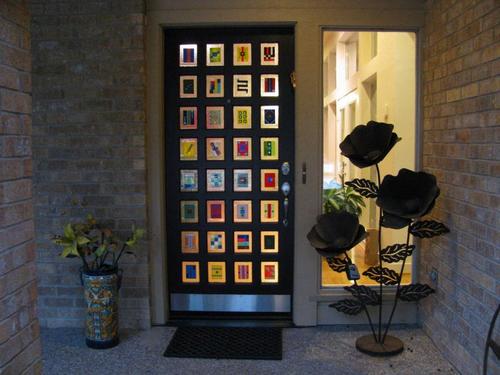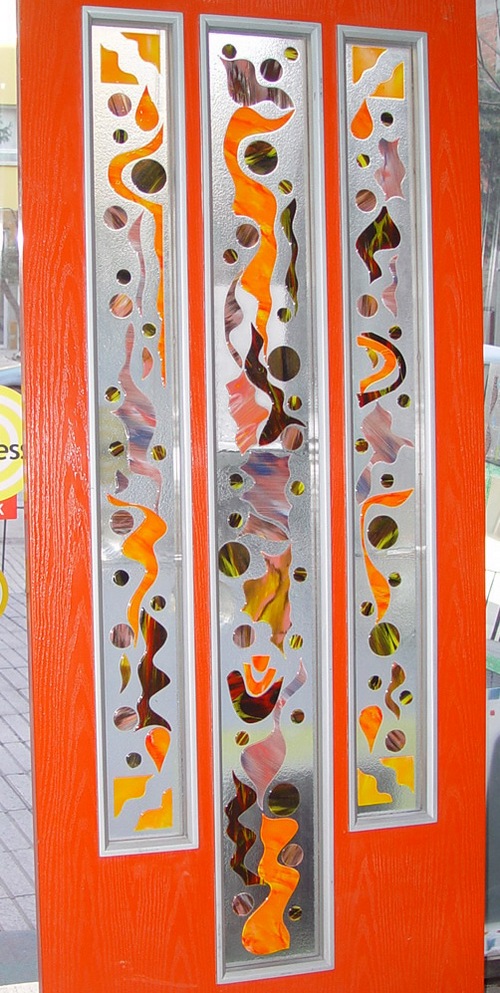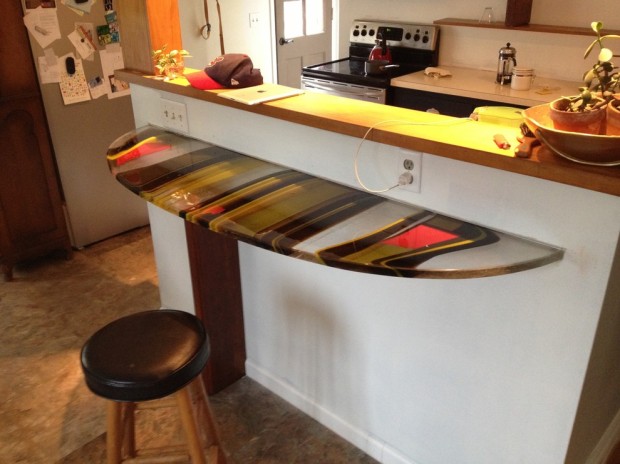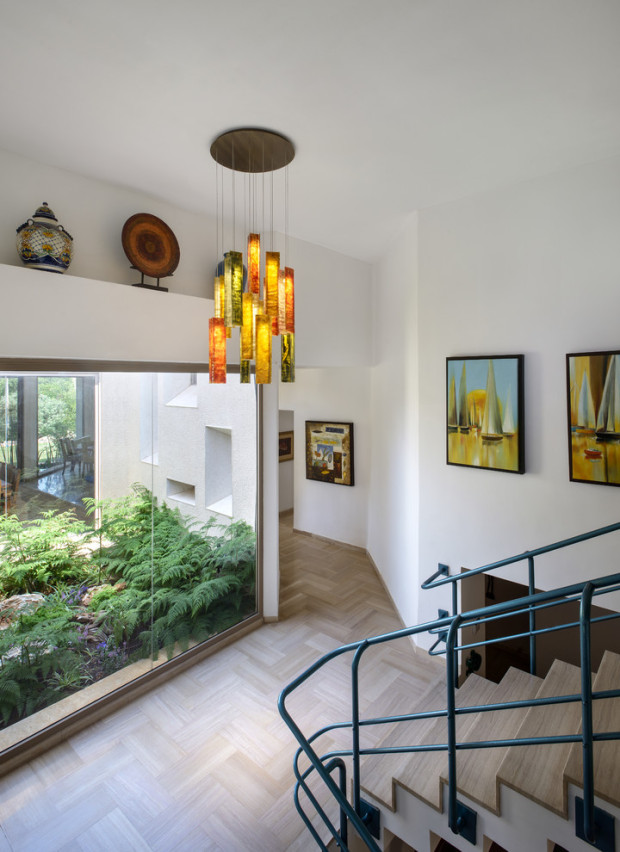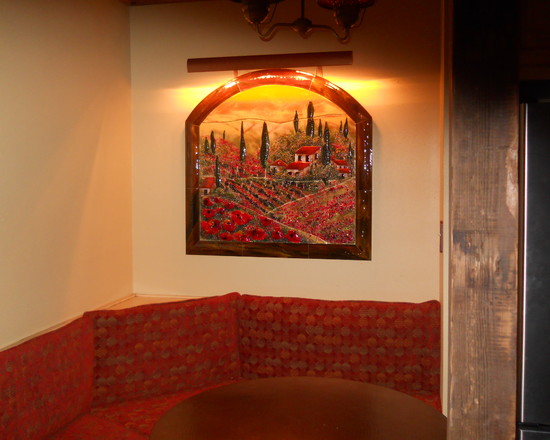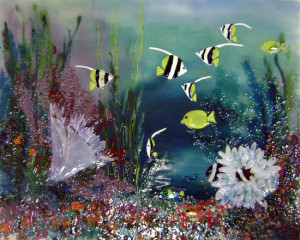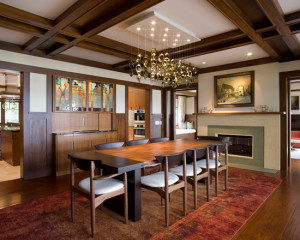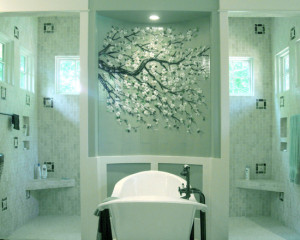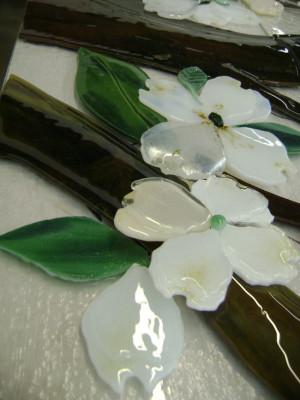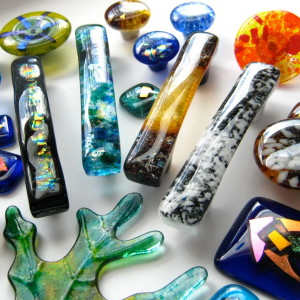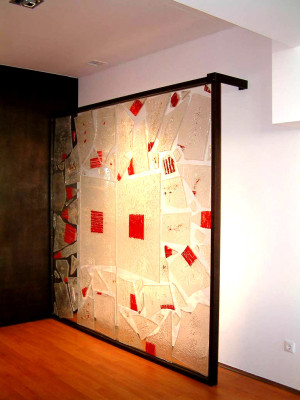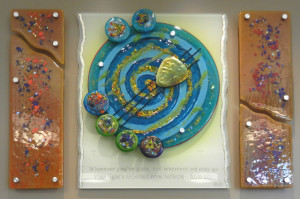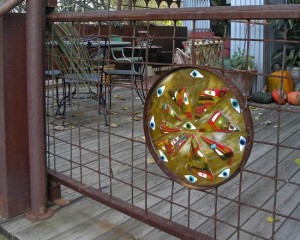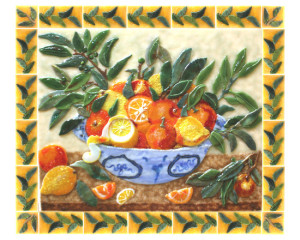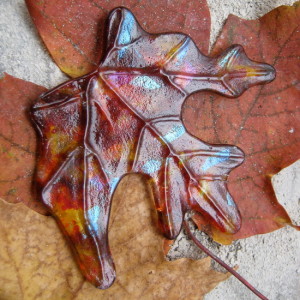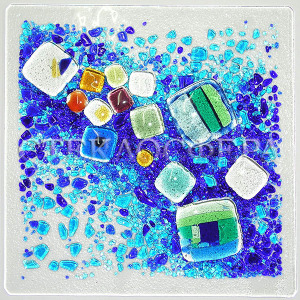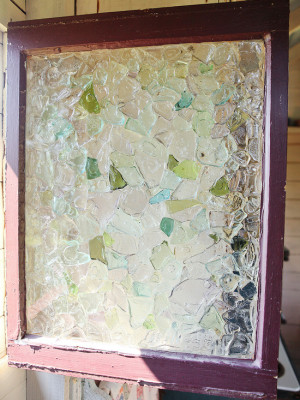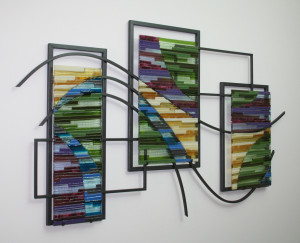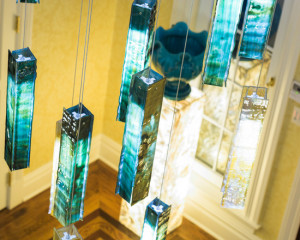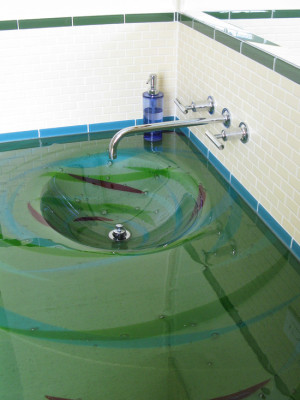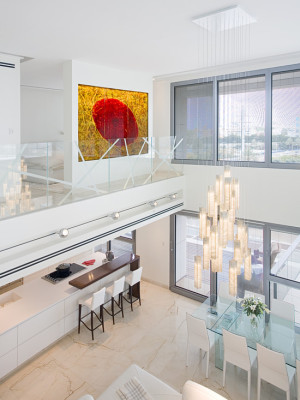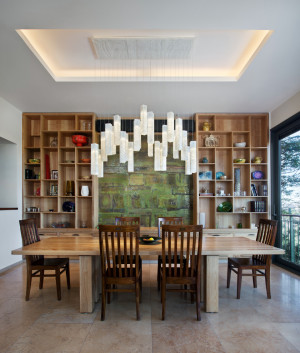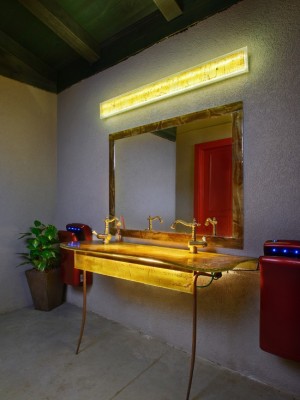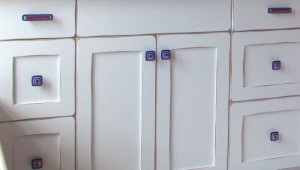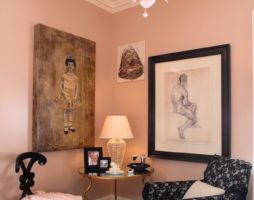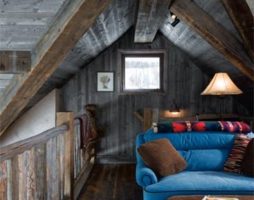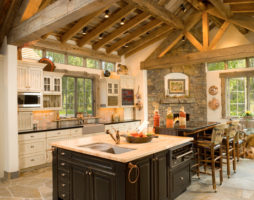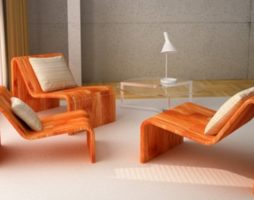The use of fusing has become a fashionable wave in modern design. Decorative elements made using this technique amaze with their beauty.
You cannot do without glass fusing if you want to see the interior of your house as extraordinary, luxurious and extremely comfortable.
This is probably a good incentive to learn more about the decorative innovation.Let's start our acquaintance with the characteristics of the concept of "fusing". In the literal context, this is melting, heating, sintering, melting. Coming to us from English, the term miraculously took root in our reality and began to be used to refer to a wide range of high-temperature glass processing technologies (forming of fusing elements takes place in a temperature range of 600 - 900 degrees).
When glass is sintered, the disparate glass elements are thermally joined into a single whole, while their shape and relative position practically do not change.
Technologically it looks like this. On a single sheet of glass, a pattern is laid out from different-sized pieces of multi-colored glass, glass granules and other ingredients. After that, the composition is sent to the oven and kept at high temperature until the formation of a solid layer. At first glance, glass fusing may not seem like a very complicated process, but in reality, the production is quite laborious. However, this is exactly the case in which “the game will be worth the candle”, because in this way stained-glass windows of various thicknesses, shapes and textures are obtained, from which they can be made:
- Window inserts.
- Door inserts.
- Screens.
- Partitions.
- Wall inserts.
- Countertops.
- Mirrors.
- Decorative panels.
Moreover, it all looks aesthetically pleasing and very modern, for which it is very popular. Such elements are especially in demand in the interiors of hi-tech and postmodernism.
Depending on what you want to get in the end, the baked layers of glass can remain unchanged or spread smoothly. The color palette of the initial composition can be mixed or clearly retain their configurations. The drawing itself can be embossed, convex and voluminous, or remain flush with the base. To obtain products of excellent appearance and high strength, it is necessary to sort the glass correctly and clearly withstand the sintering temperature regimes.
Glass fusing: what is the attraction?
The use of fusing during the manufacture of stained-glass windows began to gain popularity quite recently. The desire to work on this difficult technology is explained by the fact that it opens up new opportunities for glass processing that were previously inaccessible. The resulting complex multilayer stained-glass windows retain all the color and strength characteristics of the original material.
To create products in the fusing technique, materials such as:
- Frit.This crushed or pulverized glass can be used as a raw material for casting or for decoration.
- Pebble. Various glass droplets up to 30 mm in size. They are reliably soldered when fusing with the main surface of the glass due to the presence of a flat side.
- Blocks or chips. The thinnest glass plates.
- Stingers and rods. These threads and rods of glass can be both hollow and full and have a single or multi-colored color.
- Noodles. This is the name of glass strips having a width of up to 5 mm, which are glued to the decorative canvas with organic-based adhesives.
- Foil. This metallic "paper" is fused inside the glass.
During the melting of glass, metal profiles are not used to bind elements, so stained-glass windows and other decor items receive an unusually aesthetic exterior.
This is the main technological difference between fusing and other methods of manufacturing similar products.
Since the newfangled technology makes it possible to produce not only whole large-scale paintings, but also individual small stained glass elements, it can be found not only in large stained glass inserts and panels, but also on watch dials, lampshades, as well as in the form of decorative dishes and architectural elements.
back to index ↑Fusing: step by step manufacturing
When fusing glass goes through five stages of processing. It is simply impossible to underestimate the importance of each of them, because non-compliance with the rules for their implementation and violation of the sequence will not allow you to get an original high-quality product at the output.
The first stage is preparatory. This is the moment of glass heating, during which it changes not only its consistency, but also its color. At a certain point, the material acquires a red-yellow hue and becomes ready for the hanging process, in which the edges of the blanks merge.
The second stage is languor. During this period, glass, heated to maximum performance, is left to languish at a constant temperature. The smoothness and volume of the processed fragment depends on how accurately all stages of this stage are observed.
The third stage is hardening. The glass is cooled rapidly. This is necessary to keep its red color. If the temperature is reduced slowly, the glass will first restore its transparent tone and then turn black.
The fourth stage of glass fusing is annealing. Without this process, it will not be possible to remove stress from the product, which means that it will not be able to maintain the shape given to it and will lose strength.
The fifth stage is cooling. It is carried out naturally, at normal room temperature.
back to index ↑Fusing styles
Three stylistic glass fusings are most widely used. For the manufacture of complex and really interesting compositions, fusing-forming is used. These are the best ways to get valuable and unrealistically high-quality products. Forming or, as it is also called by professionals, "bending", refers to one of the original fusing techniques that allow shaping already molten glass. In this case, the fused billet is reheated and then its shape is formed.
If the product needs to be given additional shine and smoothness, then the fire polishing method is used. The process takes place directly in the furnace.
The method of "combined combing" is the proportional formation of the product with professional tools. In this case, the workpiece is processed exclusively by hand.
back to index ↑Fusing in decor
There are a lot of products that can be decorated with glass fusing. You can frame a mirror or a picture in it.With its help, doors are trimmed, not only interior doors, but also entrance doors: glass inserts make them incredibly attractive. Fusing can decorate the doors of wardrobes, showers, windows. But the most demanded is glass fusing in stained-glass windows - with Pusing this technique, they are unique. Such glass can be present in the interior of any type and be introduced in a wide variety of details. Stained-glass windows in windows, doorways, niches, colored glass on furniture and other decorative items - fusing looks great everywhere.
Bright and sparkling in the light rays, specific glass can turn even the most unsightly surface into a unique interior detail and, believe me, it will be simply impossible to pass by this detail without admiration!
An incredibly harmonious and beautiful picture will be obtained by combining the technologies of glass sandblasting and fusing.
Fusing is also valued for its ease of care. Such glass does not need special methods of cleaning and operation. Its purity is monitored in the same ways as for simple transparent glass.
We cannot ignore the fact that fusing technology makes glass not just aesthetic. In addition to giving an unprepossessing material a noble look, this way of processing it makes it very practical to use. Stained-glass windows, made in a new way, are not afraid of temperature fluctuations, moisture, and for many years retain the splendor of their original appearance. Such qualities of an extraordinary finishing material also added popularity to fusing. Today, the demand for such products has become incredibly high.
back to index ↑Conclusion
glass fusing gave designers the opportunity to give even the simplest interiors an unusual accent. Decors with such elements always look expensive and elite, despite the fact that the cost of unusual glass products, despite the rush demand, remains quite loyal. Don't miss the chance to decorate your home with real pieces of glass art!
Photo gallery - glass fusing in the interior:
